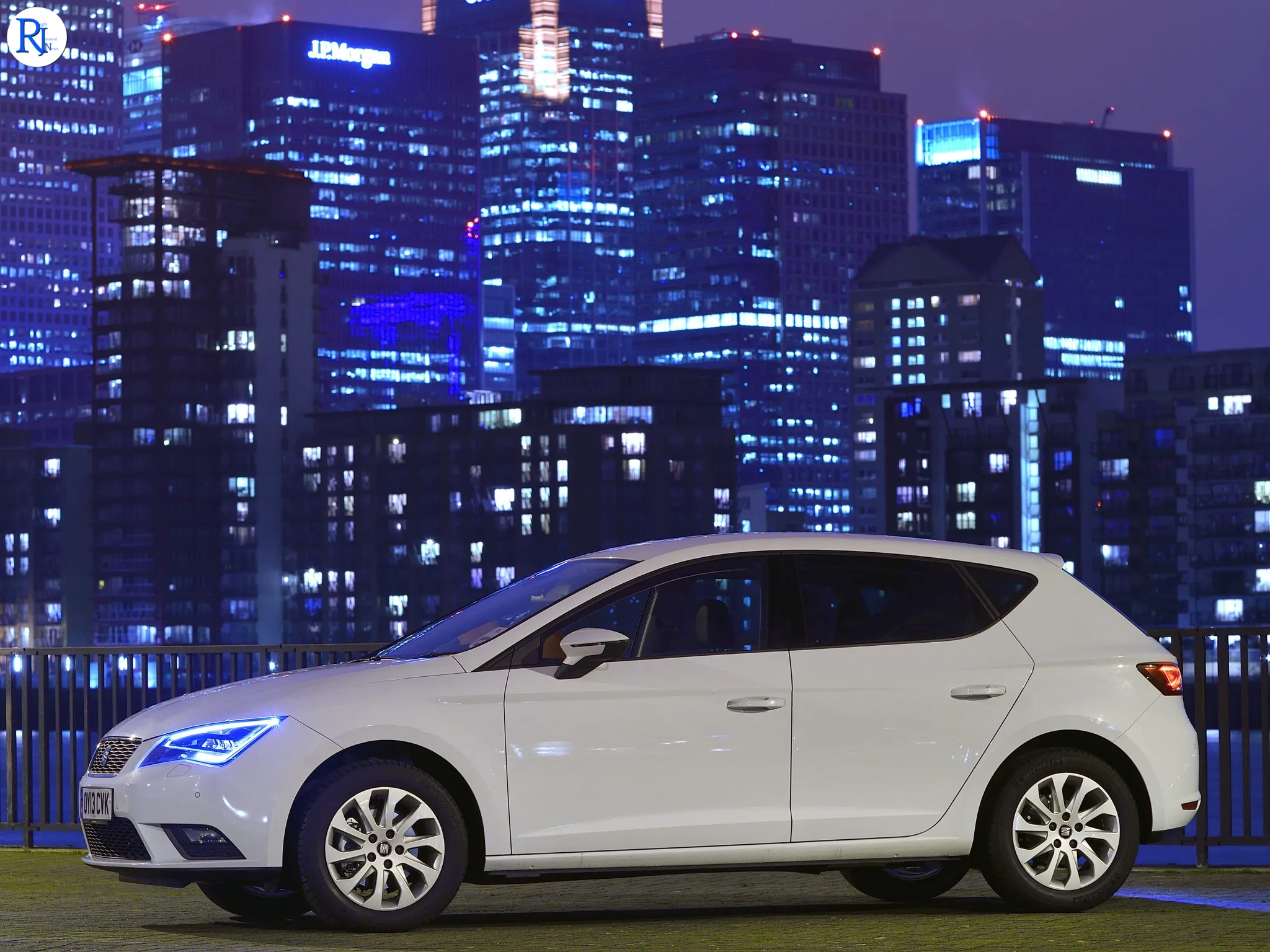SEAT, the Spanish automobile manufacturer, finds itself at a crossroads as it navigates a period of uncertainty following the departure of its former CEO, Wayne Griffiths. With no new models announced, questions loom over the brand’s future direction and its place within the Volkswagen Group. Industry experts and enthusiasts are left speculating about the potential strategies that SEAT might adopt to remain competitive in the ever-evolving automotive market.
The shift in leadership occurred in April 2025, a critical juncture for SEAT as it grapples with the challenges of innovation and market positioning. Griffiths, who played a pivotal role in steering SEAT towards profitability and brand recognition, has left a void that the company must now fill. His departure marks a significant change for SEAT, which has been striving to distinguish itself amid fierce competition.

Leadership Changes and Strategic Uncertainty
The leadership transition at SEAT has sparked discussions about the brand’s strategic direction. Wayne Griffiths, who served as CEO since 2020, was instrumental in enhancing SEAT’s market presence and expanding its portfolio. Under his guidance, SEAT achieved notable success with models like the SEAT Leon and the SEAT Ateca, which resonated well with consumers.
However, with Griffiths’ departure, industry analysts are questioning whether SEAT can maintain its momentum. The absence of new model announcements raises concerns about the brand’s innovation pipeline and its ability to adapt to changing consumer preferences. The automotive industry is witnessing a rapid shift towards electric vehicles, and SEAT’s silence on new developments could impact its competitive edge.
SEAT’s Place Within the Volkswagen Group
SEAT’s position within the Volkswagen Group further complicates its future strategy. The Volkswagen Group, which also includes brands like Volkswagen, Audi, and Skoda, has been increasingly focusing on electric mobility and sustainability. This shift aligns with global trends towards reducing carbon emissions and embracing greener technologies.
SEAT’s role within this conglomerate raises questions about its unique identity and contribution to the group’s overall strategy. Some experts suggest that SEAT might pivot towards electric vehicles to align with the group’s sustainability goals. However, without concrete announcements, SEAT’s future remains speculative, leaving stakeholders anxious about the brand’s long-term vision.
Market Challenges and Consumer Expectations
The automotive market is in a state of flux, with consumers demanding more sustainable and technologically advanced vehicles. SEAT’s current lineup, while successful in the past, may not suffice in meeting these evolving expectations. The growing popularity of electric vehicles presents both an opportunity and a challenge for SEAT.
Consumers are increasingly prioritising eco-friendly options, and brands that fail to adapt risk losing market share. SEAT’s ability to innovate and introduce new models will be crucial in retaining its customer base and attracting new buyers. The brand’s silence on upcoming releases could hinder its ability to capitalise on emerging trends and maintain relevance in a competitive landscape.
Expert Insights on SEAT’s Prospects
Industry experts offer varying perspectives on SEAT’s prospects. Some believe that the brand’s established reputation and loyal customer base provide a solid foundation for future growth. They argue that SEAT’s potential lies in leveraging its strengths and exploring partnerships to accelerate its transition towards electric mobility.
Others, however, express scepticism, citing the lack of clear communication from SEAT regarding its strategic plans. The absence of new model announcements is seen as a missed opportunity to reassure stakeholders and demonstrate the brand’s commitment to innovation. SEAT’s leadership must address these concerns to regain confidence and chart a path forward.
Looking Ahead: SEAT’s Path to Reinvention
As SEAT navigates this period of transition, its ability to adapt and innovate will determine its future trajectory. The brand’s leadership must prioritise transparency and communication to address stakeholder concerns and outline a clear vision for the coming years. Embracing electric mobility and sustainability could position SEAT as a forward-thinking brand within the automotive industry.
The road ahead for SEAT involves strategic decision-making and a commitment to meeting consumer demands. By aligning with global trends and leveraging its strengths, SEAT has the potential to reinvent itself and secure its place in the competitive automotive landscape. Stakeholders and enthusiasts alike will be watching closely as SEAT embarks on this journey of transformation.

